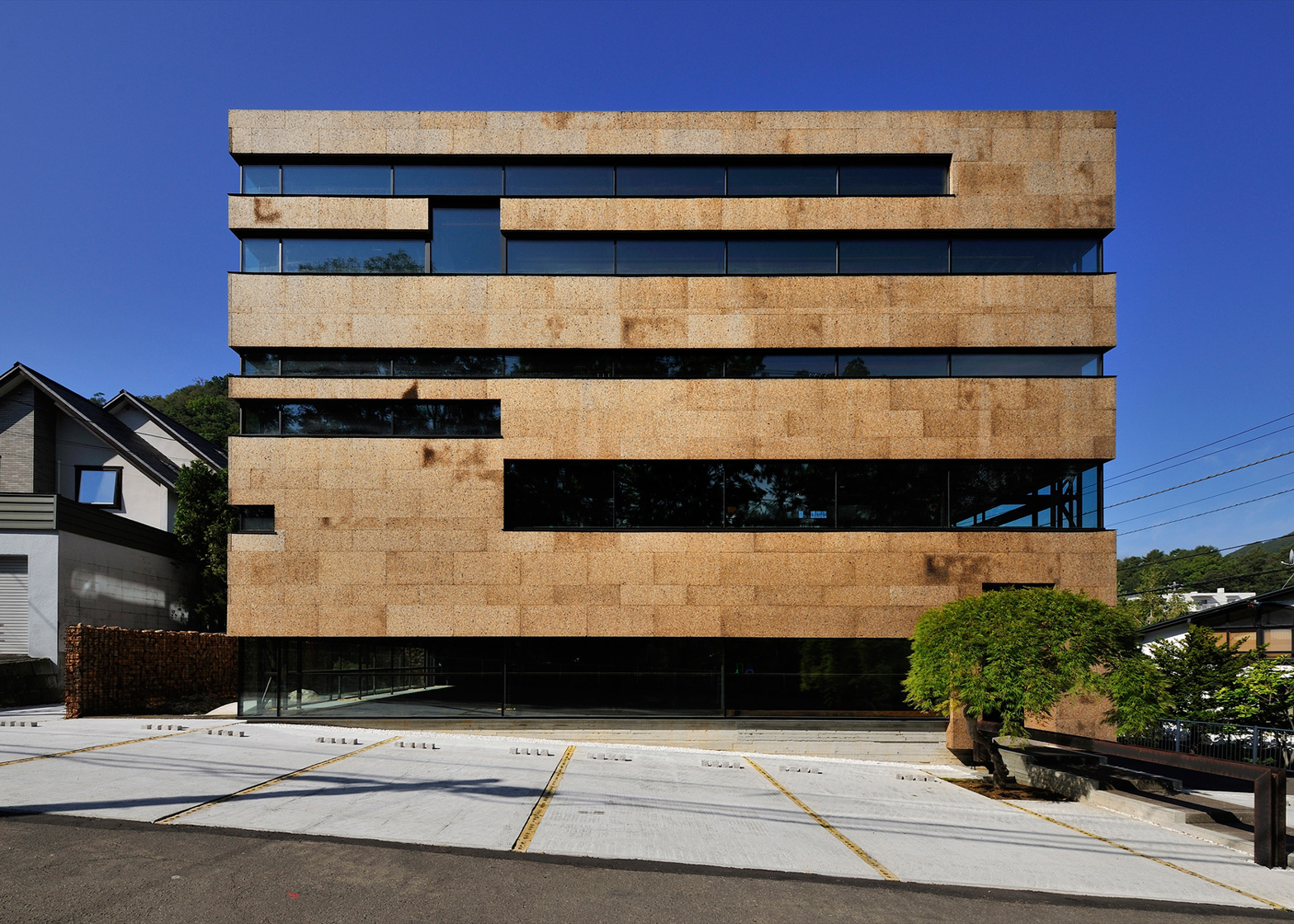World Architecture Festival 2015: a bamboo community centre in Vietnam, a concrete music school in Tokyo and a "vertical village" of apartment blocks in Singapore are among today's category winners at the World Architecture Festival.
The second batch of category winners will be revealed tomorrow. Completed buildings will go on to compete for the World Building of the Year prize on Friday, while unrealised projects will be pitched against one another for the Future Project of the Year award.
Dezeen is media partner for the World Architecture Festival (WAF), which is taking place at the Moshe Safdie-designed Marina Bay Sands hotel and conference centre in Singapore until 6 November. The Inside Festival takes place alongside WAF, and the first category winners of the Inside Festival awards were announced earlier today.
Read on for the list of today's WAF category winners:
House: Saigon House, Hochiminh, Vietnam, by a21studio
Occupying a space just three metres wide, Saigon House was designed by a21studio, the winner of World Building of the Year 2014. It was built from recycled materials, including bricks, doors and windows.
Civic and community: Cam Thanh Community House, Hoi An, Vietnam, by 1+1>2 International Architecture
This Vietnam community centre features bamboo roofs thatched with coconut leaves, which pitch inwards to direct rainwater towards a series of planted courtyards. It was designed by 1+1>2 to provide a hub for the local neighbourhood, but it is hoped that in future it will also serve as an information centre for tourists.
Mixed use: Casba, Australia, by Billard Leece and SJB Architects
Arranged around a courtyard, the curving blocks of this mixed-use development in Sydney negotiate a significant change in ground level and a risk of flooding. Offices and shops occupy the lower levels, while apartment are located on the floors above.
Higher education and research: Toho Gakuen School of Music, Tokyo, Japan, by Nikken Sekkei
Japanese firm Nikken Sekkei describes the layout of rooms at this Tokyo music college as being "aligned along a central corridor in a jail-like manner". It comprises a series of concrete volumes, lined internally with oak to create appropriate acoustics.
Office: HIGO, Sapporo, Hokkaido, Japan, by Nakayama Architects
Strip windows create horizontal stripes across the facade of this office in Hokkaido by Nakayama Architects. Located in an earthquake zone, it was described by the judges as a "magical, habitable, almost invisible structure".
Housing: The Interlace, Singapore, by Buro Ole Scheeren
Horizontal buildings are stacked diagonally across one another to frame terraces, gardens and plazas at The Interlace in Singapore, designed by architect Ole Scheeren before he left Dutch firm OMA. Conceived as a "vertical village", it is made up of 31 apartment buildings that create a honeycomb plan.
Shopping: Sino-Ocean Taikoo Li Chengdu, Chengdu, China, by The Oval Partnership
The Oval Partnership planned this shopping centre around an ancient temple in Chengdu. As well as retail units, it includes teahouses and gardens, divided up by narrow lanes and streets reminiscent of China's traditional hutongs.
Climbing frame met bouncy castle inside Brazil's Expo pavilion, where Studio Arthur Casas and Atelier Marko Brajović suspended a huge rope canopy over a garden. Visitors were invited to clamber over the expansive temporary landscape, and it gently flexed under the weight of footsteps.
Future Projects:
» Infrastructure: Cukurova Regional Airport Complex, Adana, Turkey, by Emre Arolat Architects
» Masterplanning: Development Concept for the Historic Centre of Kalingrad, Russia, by Studio 44 Architects
» House: Issa Grotto/Hill House, Vis, Croatia, by Proarh
» Office: Reservoir, Rajasthan, India, by Sanjay Puri Architects
» Health: Al Maha Centre for Children and Young Adults, Doha, Qatar, by HDR Rice Daubney
» Leisure-led development: London Olympic Stadium Transformation, London, United Kingdom, by Populous
» Culture: Museum of Painting and Sculpture, Istanbul, Turkey, by Emre Arolat Architects













